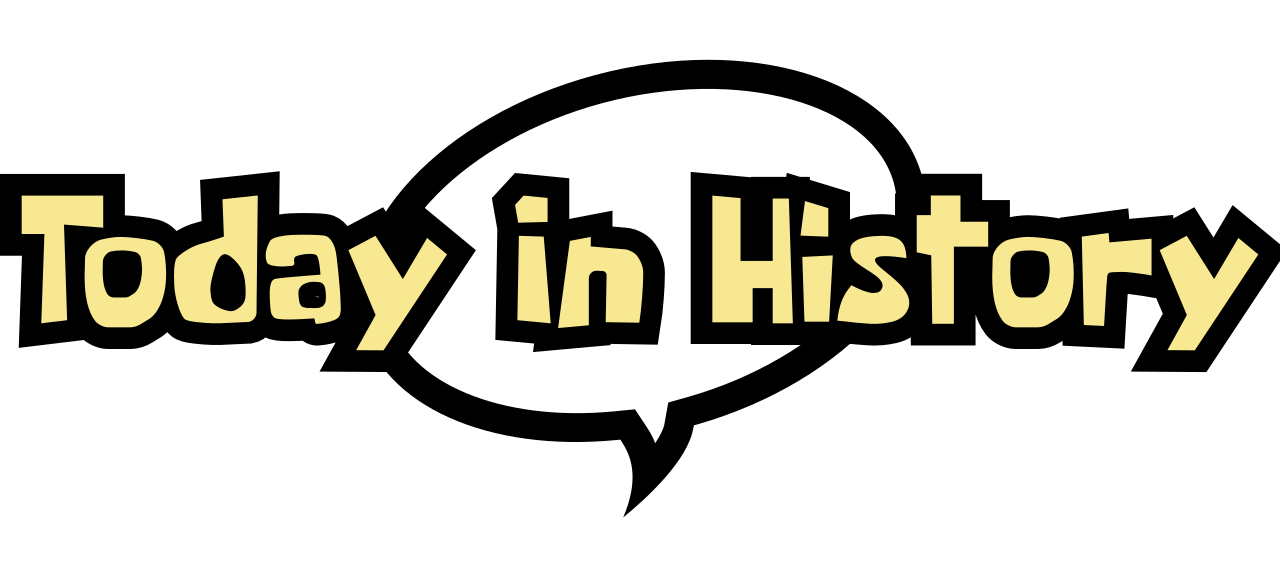Halloween, celebrated on October 31st each year, is a holiday rich in history and cultural significance. Its origins can be traced back to ancient Celtic festivals, specifically Samhain, and it has evolved over the centuries into the festive occasion we recognize today, characterized by costumes, trick-or-treating, and spooky decorations.
Ancient Origins: Samhain
The roots of Halloween can be found in the ancient Celtic festival of Samhain (pronounced “sow-in”), which marked the end of the harvest season and the beginning of winter. Celebrated from October 31st to November 1st, Samhain was a time when the boundaries between the living and the dead were believed to be blurred. Celts believed that on the night of Samhain, the ghosts of the dead returned to Earth, causing chaos and mischief.
To honor their deceased ancestors and ward off malevolent spirits, the Celts would light bonfires, offer sacrifices, and wear costumes, often made of animal skins. These practices were intended to appease the spirits and ensure a successful harvest for the following year.
The Roman Influence
As the Romans conquered Celtic territories, they introduced their own traditions into the Samhain celebrations. Two Roman festivals, Feralia (a day in late October when the dead were honored) and Pomona (celebrating the goddess of fruit and trees), blended with Samhain customs. The incorporation of apples into the festivities may have led to the tradition of bobbing for apples, a popular Halloween activity today.
Christianization of Halloween
With the spread of Christianity in the 8th century, the Catholic Church sought to replace pagan festivals with Christian observances. In 835 AD, Pope Gregory IV established All Saints’ Day on November 1st, a day to honor saints and martyrs. The night before, known as All Hallows’ Eve, eventually transformed into what we now call Halloween. The name “Halloween” is derived from “All Hallows’ Eve.”
Evolving Traditions
As Halloween evolved, various customs emerged across Europe and, later, America. In medieval times, the practice of “souling” involved children and the poor going door-to-door on All Hallows’ Eve, offering prayers for the dead in exchange for food. This early form of begging eventually laid the groundwork for modern-day trick-or-treating.
In Ireland and Scotland, the tradition of carving turnips into lanterns to ward off evil spirits became popular. When Irish immigrants brought their customs to America in the 19th century, they adapted the practice using pumpkins, which were more readily available in the New World. This led to the iconic Halloween jack-o’-lantern we recognize today.
Halloween in America
Halloween gained popularity in the United States during the late 19th century as a way to celebrate community and connect with neighbors. By the early 20th century, Halloween parties, parades, and festivities became common, emphasizing fun rather than fear.
The commercialization of Halloween began in the mid-20th century, with the rise of mass-produced costumes, decorations, and candy. The practice of trick-or-treating gained popularity in the 1950s, as families embraced the holiday as a way for children to engage in community festivities.
Modern Celebrations
Today, Halloween is celebrated in various ways across the globe, with customs that reflect local traditions. In the United States, Halloween is characterized by:
- Costumes: Children and adults alike dress up in costumes, ranging from spooky to whimsical. Popular themes include ghosts, witches, superheroes, and characters from popular culture.
- Trick-or-Treating: Children go door-to-door in their neighborhoods, collecting candy and treats from neighbors. This practice promotes community interaction and brings families together.
- Decorations: Homes and businesses are adorned with Halloween decorations, including jack-o’-lanterns, cobwebs, skeletons, and other spooky themes, creating a festive atmosphere.
- Haunted Attractions: Many communities host haunted houses, ghost tours, and Halloween-themed events, drawing people in for a frightful good time.
- Festivities: Halloween parties are common, featuring themed food, games, and activities such as pumpkin carving contests and costume contests.
Cultural Variations
While Halloween is primarily associated with Western cultures, similar traditions can be found around the world. In Mexico, for example, Día de los Muertos (Day of the Dead) is celebrated around the same time, honoring deceased loved ones with altars, offerings, and festive celebrations.
Conclusion
Halloween has evolved from its ancient Celtic origins to a vibrant, multifaceted celebration enjoyed by millions today. The holiday’s rich history reflects a blend of cultural traditions, beliefs, and practices, ultimately transforming into a time for community, creativity, and fun. As people continue to embrace the spirit of Halloween, it serves as a reminder of the importance of tradition, connection, and the joy of celebrating the spooky and supernatural. Whether through costumes, treats, or gatherings, Halloween remains a beloved occasion that captures the imagination of people of all ages.







What do you think?
Show comments / Leave a comment